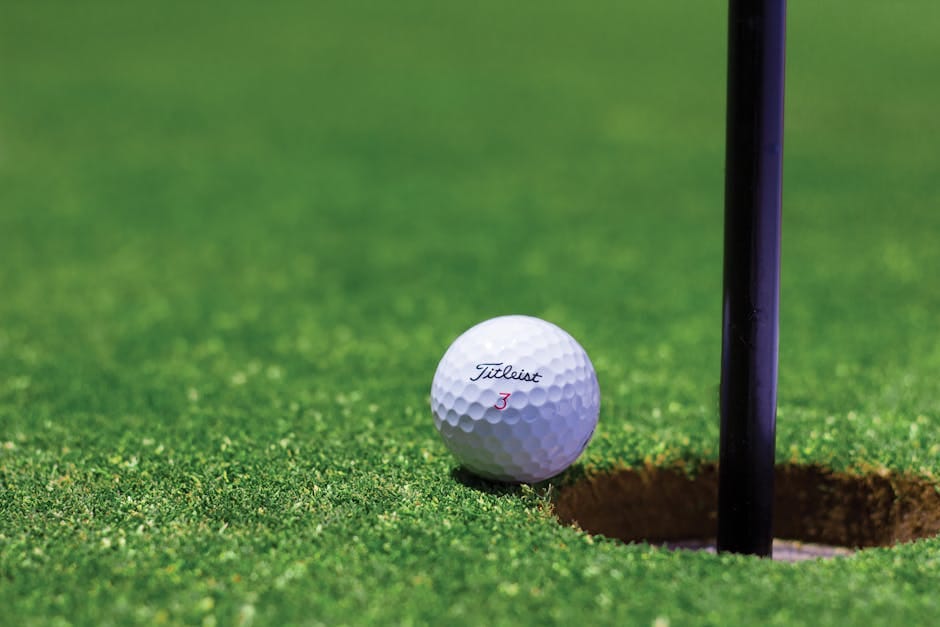Golf clubs are like the weapons in a golfer's arsenal, each designed for a specific purpose on the course. Understanding the different types of clubs and their functions is crucial for any golfer looking to improve their game. In this blog post, we will delve into the world of golf clubs, providing a comprehensive guide to help you choose the right ones for your playing style and skill level.
**Woods: The Long-Range Bombers**
Woods are the longest clubs in a golfer's bag, designed to send the ball soaring through the air. They typically have large clubheads and stiff shafts, providing maximum distance and power. Drivers are the most common woods, used for tee shots and long approaches. Fairway woods (3-wood, 5-wood, etc.) offer similar distance but with more control and accuracy, making them suitable for shots from the fairway.
**Irons: Precision and Versatility**
Irons are the workhorses of the golf bag, providing versatility and accuracy for shots from various distances. They have smaller clubheads and longer shafts than woods, promoting control and a more predictable ball flight. Longer irons (2-iron, 3-iron) are used for longer distances, while shorter irons (7-iron, 8-iron, 9-iron) are used for shorter shots with more spin.
**Hybrids: The Best of Both Worlds**
Hybrids are a relatively new addition to the golf club family, combining the distance of woods with the accuracy of irons. They have larger clubheads than irons but smaller than woods, making them easier to hit while still providing decent distance. Hybrids are particularly useful for golfers who struggle with long irons or need more forgiveness on their tee shots.
**Wedges: Up and Down Specialists**
Wedges are designed for short shots around the green, such as chips, pitches, and bunker shots. They have heavy clubheads and relatively short shafts, allowing for precise control and high spin. Sand wedges (SW) are designed specifically for shots from bunkers, while lob wedges (LW) offer even more loft and spin for high-trajectory shots.
**Putters: The Final Touch**
Putters are the most important clubs in the bag, responsible for rolling the ball into the hole. They have flat clubheads and very short shafts, promoting a smooth and consistent stroke. There are various types of putters, including blade putters, mallet putters, and center-shafted putters, each with its own advantages and disadvantages.
**Choosing the Right Clubs for Your Game**
Choosing the right golf clubs depends on several factors, including your skill level, swing speed, and playing style. Beginners may benefit from a more forgiving set of clubs with larger clubheads and graphite shafts. As your skills improve, you can gradually transition to more traditional irons and woods. It's also important to consider your swing speed, as a faster swing speed allows you to use clubs with stiffer shafts and smaller clubheads.
**Getting Fitted for Clubs**
For optimal performance, it's highly recommended to get fitted for golf clubs by a professional club fitter. A club fitting session involves analyzing your swing and physical measurements to determine the ideal club specifications for your game. A properly fitted set of clubs will improve your distance, accuracy, and overall consistency on the golf course.
**Conclusion**
Choosing the right golf clubs is an essential aspect of improving your game and enjoying the sport. By understanding the different types of clubs and their functions, you can tailor your club selection to your individual needs. Remember, the best clubs for you are the ones that help you play your best golf. So take the time to research, consult with a professional, and get fitted for a set of clubs that will elevate your game to the next level.

